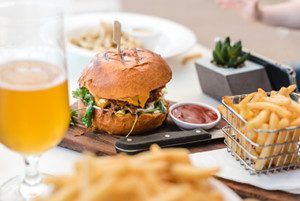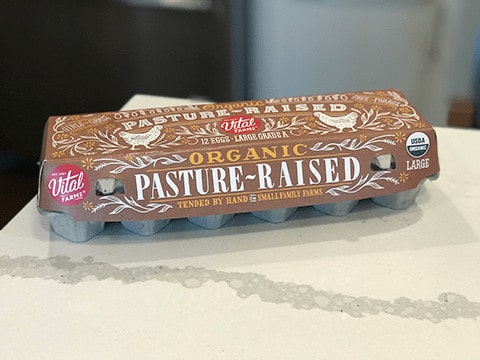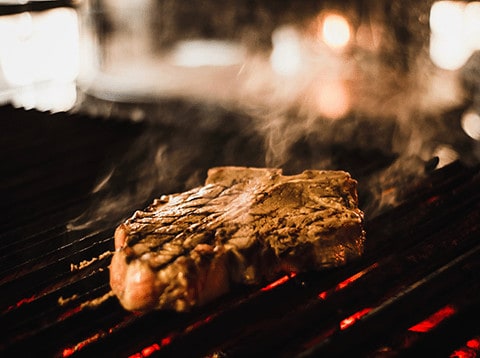This information comes from Dr. Benjamin Bikman. His half-hour lecture is linked at the end of the article. I recommend watching it to learn all the details.
Two key hormones that we’re concerned with when talking about health are insulin and glucagon. You know about insulin: it causes fat storage. Glucagon does the opposite; the two hormones are antagonists to each other. The glucagon hormone is the ketosis and fasting hormone—it works in your body to lose your weight and get your health back.
If you draw your blood and you look at the ratio between these two, you could create a scale.
When the two are balanced, the ratio is 1.0. When you go into ketosis or do some fasting, the insulin goes down relative to the glucagon, putting the ratio at about .8. In that state, you’re burning some fat away.

Standard American Diet
When you’re eating low carb, you come out of ketosis. So long as you’re still avoiding all the grains and sugars and high carb-y fruit, your ratio will be at 1.3. At that point, insulin is a little bit higher relative to the glucagon.
Homeostasis would be moving from .8 to 1.3, back and forth, in ketosis, out of ketosis. This is the ideal state of health.
By eating the Standard American Diet, with all the carbs and the sugar, etc., the ratio moves up to 4. There’s a lot of insulin and very little glucagon.
Here’s the scale of ratios:
The Ratio of Insulin to Glucagon:
4 – Standard American Diet
1.3 – Low carb
.8 – fasting/ketosis
Now, if you’re eating low carb and your ratio is at 1.3, and then you eat a steak, guess what happens to the ratio? It stays the same. This is because, at the 1.3 stage, the body is using glucagon to make its own sugar. This is called gluconeogenesis. In this state, the body is happy to receive glucagon-producing foods. What foods produce glucagon in the body? Grass-fed beef and lamb, pasture-raised eggs, wild seafood, etc..
However, if you’re eating sugar and your body’s current ratio is around 4, then there’s no need for glucagon for sugar/energy production because you’re already feeding your body sugar directly. You aren’t allowing it to make it’s own. Add into the equation a steak, and now the ratio shoots up to 70. With a starting ground of the Standard American Diet, with sugar and carbs and so forth, the value of the steak becomes negative. It makes the steak bad.
Therefore the scale actually looks like this:
The Ratio of Insulin to Glucagon:
70 – Standard American Diet + steak
4 – Standard American Diet
1.3 – Low carb
.8 – fasting/ketosis

Low Carb High Fat Keto Variety Pack
There are doctors online who talk about how bad meat is and to avoid fat, but if they really cared about your health, they would be saying, “Avoid sugar. Avoid desserts. Avoid low-fat dairy.” Meat’s never the problem; beef, chicken—those foods aren’t the problem. Those doctors have got their science backward because they’ve been reading too much epidemiological research. (You can only hypothesize from that sort of thing, you can’t actually take any action based on epidemiological research because it’s not factual enough. You can’t get a fact from it—you can only get facts from randomized control trials).
So there’s the value of low carb eating, thank you to Dr. Bikman. He has his own lab, he’s been studying insulin in his lab and he’s come up with this fantastic information. Please watch that video linked below.
Darren Schmidt, D.C.
Dr. Benjamin Bikman – ‘Insulin vs. Glucagon: The relevance of dietary protein


